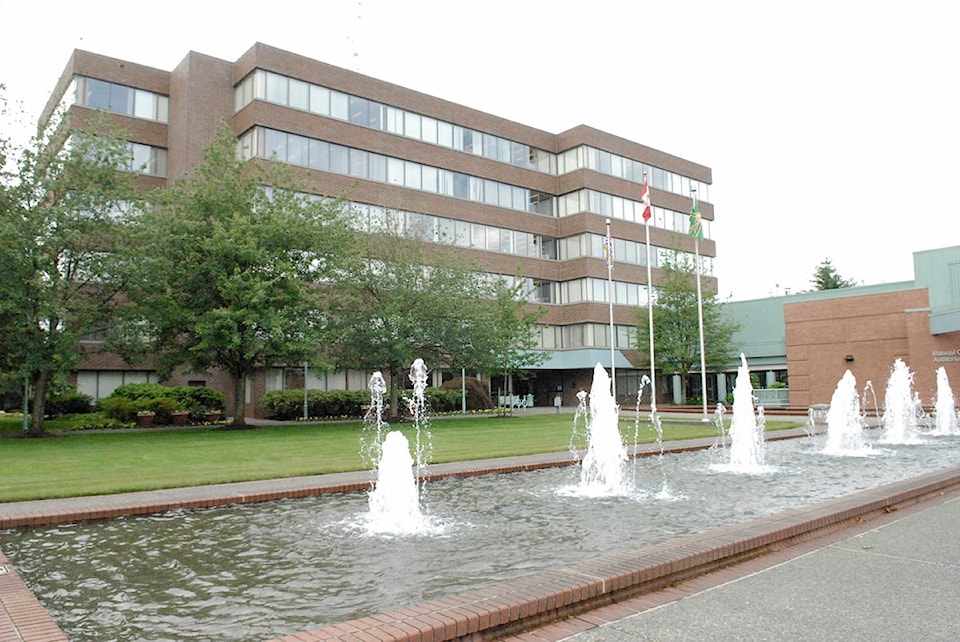The City of Abbotsford ran a healthy operating surplus last year and further boosted its capital reserves in 2017, according to audited statements presented to council last week.
But councillors warned that money and more will be needed to maintain the city’s infrastructure over the coming decades.
Increased revenue pushed the city’s surplus to $24.7 million, up from $23.7 million last year. That money will be moved to reserves, which have grown considerably in recent years, to $173.9 million.
“2017 was a very favourable year from a financial standpoint,” Rajat Sharma, the city’s finance head, told council.
The city has also continued to pay off its long-term debt used to finance the construction of Abbotsford Centre, The Reach, and Abbotsford Recreation Centre a decade ago. The city has the financial ability to completely pay off that debt, but because the loans are structured like a mortgage, with a substantial penalty for early repayment, it doesn’t make fiscal sense to do so, Mayor Henry Braun said. The city spent 2.8 per cent of its total expenditures to service its debt last year, down from six per cent in 2007.
Abbotsford’s fiscal position has strengthened considerably since 2012, when its net financial assets were in the red. Since then, Abbotsford has
consistently put money into reserves, and now has net financial assets of $193 million.
Coun. Ross Siemens said the city must continue in that direction. He and Mayor Henry Braun both referred to the need to maintain $1.4 billion of capital’s assets over the coming years.
Draft master plans recently shown to council have laid out the need for hundreds of millions of dollars of capital spending over the coming decades.
Needs range from upgrades to roads and park facilities, to costly projects like improving the city’s water system, maintaining its dikes and drainage canals, and maintaining sewage infrastructure.
Together, the various plans lay out more than $1 billion of possible capital spending projects over the next two-plus decades.
The city will seek federal and provincial funding for many of the projects.
“I think we are in a very good position but we need to grow that stronger,” Siemens said.
Braun added: “Over the next … 80 years, that infrastructure needs to be replaced, so if you don’t save up for it, that means you have to borrow that money down the road.”
As the city’s reserves have grown since 2010, its capital assets – the dollar value of all items it owns – has decreased as buildings, vehicles and other facilities have aged.
In particular, city buildings have lost $27 million worth of unreplaced value since 2010, while the value of its non-vehicular machinery and equipment has been halved. Its transportation assets have also declined in value by more than $30 million.
Value from one key asset is unclear, though. The city counts itself the owner of $386 million worth of land. The value of that property is based on its purchase price and doesn’t factor in dramatic spikes in land prices around the Lower Mainland. Its book value has only increased by four per cent since 2010.
Increasing building activity helped push non-tax revenue considerably higher, staff noted.
Although property taxes continue to account for a little more than half of the city’s revenue, 31 per cent came from fees and charges – up from 29 per cent last year.
@ty_olsen
tolsen@abbynews.com
Like us on Facebook and follow us on Twitter.
